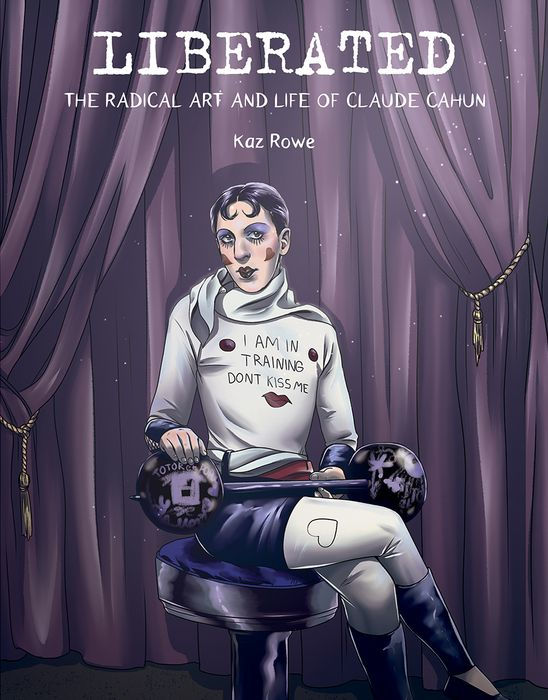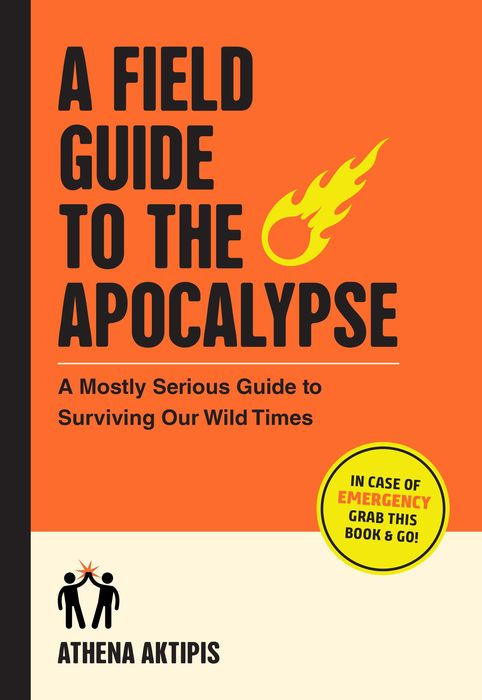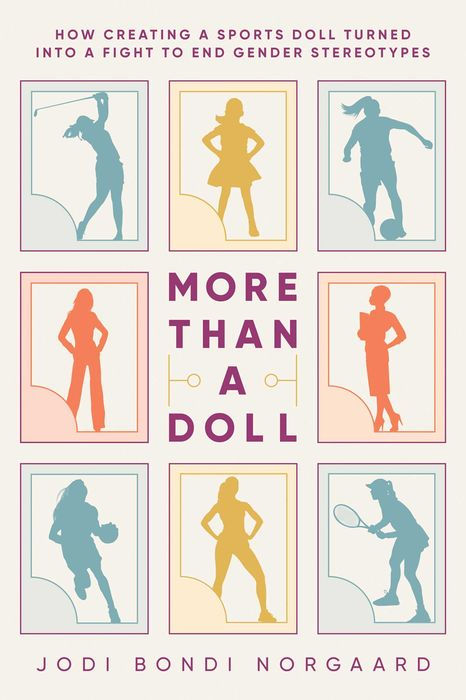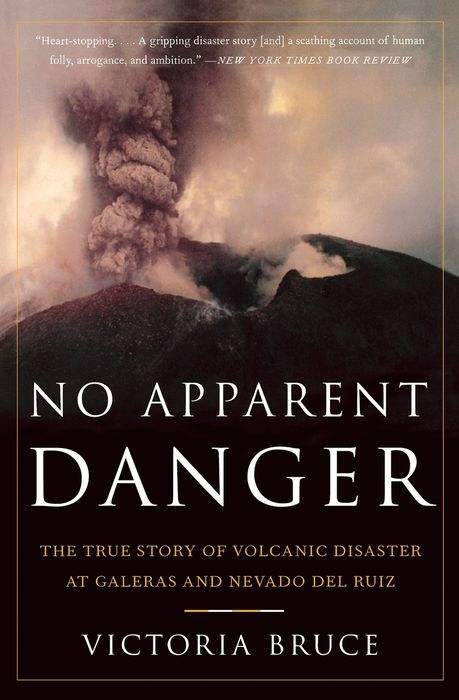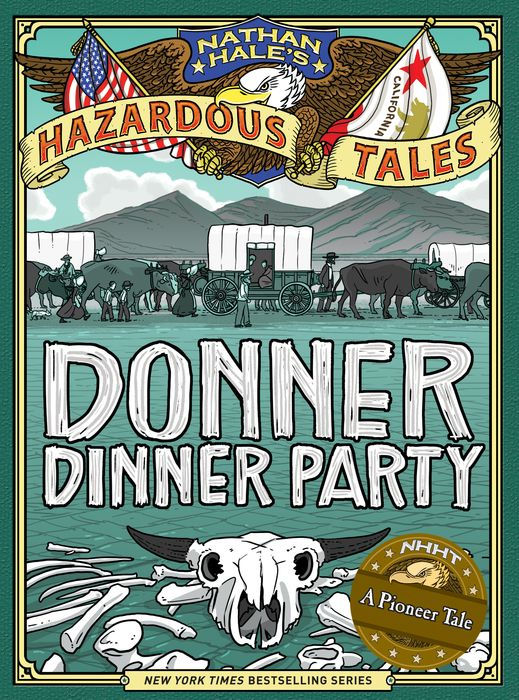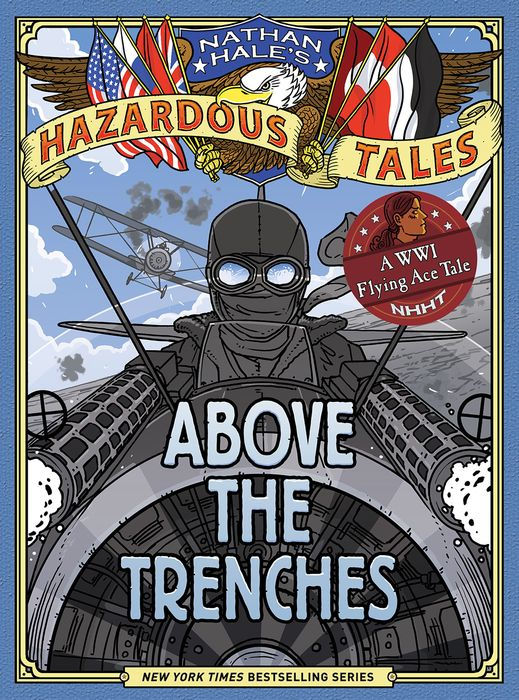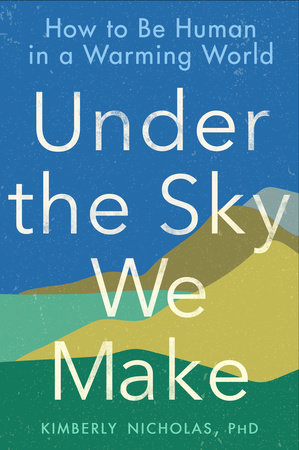A New York Times nonfiction bestseller, which is not necessarily an indicator of quality.
I read this book because while looking up something else entirely, I came across a review mentioning that it concludes with a very raw and honest account of the author's mental health issues. I'm not much interested in longevity, but I'm very interested in raw and honest accounts of mental health issues. I checked out a copy intending to only read the last chapter, but after I read that (which is as described) I got curious, went back to the beginning, and read the whole thing.
Attia is a doctor with a podcast.
Outlive has some interesting/useful material, but also a distinct whiff of wealthy techbro who hangs out and creates startups with other wealthy techbros. Attia mentions a friend of his in a way that made me feel certain that the friend was a deeply obnoxious wealthy techbro, so I looked up the friend and discovered that he wrote this book:

 Thousands of tests later, this book contains the answers for both men and women. It’s the wisdom Tim used to gain 34 pounds of muscle in 28 days, without steroids, and in four hours of
Thousands of tests later, this book contains the answers for both men and women. It’s the wisdom Tim used to gain 34 pounds of muscle in 28 days, without steroids, and in four hours of total
gym time.
• How to sleep 2 hours per day and feel fully rested
• How to produce 15-minute female orgasms
• How to triple testosterone and double sperm countHow much would you guys pay me to read and review the "turn into a testosterone-fueled orgasmatron muscleman in 4 hours" book?)
Here is a short summary of
Outlive: Most doctors do Medicine 2.0, which is focused on treatment. Attia advocates Medicine 3.0, which is focused on prevention. He's interested in staying healthy and happy into old age, not in old age regardless of health and happiness. If you can avoid infectious diseases and violence/accidents, most morbidity and mortality nowadays is caused by four categories of diseases: cancer, heart disease/stroke, neurodegenerative disease (like dementia), and Type 2 diabetes/metabolic issues. Mortality and morbidity from those is often preventable or delayable, though more for heart disease and diabetes than the other two.
The first part of the book is a deep dive into those four conditions and their causes. While I and probably you know the general overview, he also drops a bunch of little bits of information that I was not already aware of, and when I looked up the new bits, I found that while he has his opinions, he was not just making them up. (Just making up stuff is a significant problem in health literature.) He's not a weight loss evangelist, and he admits that there's a lot of genetic and random/unknown factors involved in these diseases, so the book came across as a bit less victim-blaming than these sorts of books usually do.
The second part of the book is his advice on how to prevent/delay those diseases, and how to live to an old age while staying healthy. Imagine whacking a pinata and having advice spray out in a mix of good, possibly good, a good idea in theory but impossible unless you are his personal patient and very wealthy and have unlimited time on your hands and no disabilities or chronic illnesses, probably batshit, and so vague as to be completely useless. So that was a wild ride.
His section on diet has some good points (different people have different dietary needs) but others that are dubious (we should cut calories but also eat WAY more protein) and his method for figuring out what your personal dietary needs are is impossible for most people (experiment with your diet and use extensive blood tests, continuous glucose monitoring, DEXA scans, and other fancy stuff to see how you react). I appreciated that he was honest about how little we really know about the relationship of diet to health, and how complex it is. He says he used to be really sold on various types of fasting but has now decided that it's mostly not worth it as you lose too much muscle mass. He's agnostic on keto.
What he's most sold on is exercise. I liked this aspect of the book, as I enjoy exercise so it was pleasing to have him tell me that regardless of my crummy genes and fondness for fresh-baked bread, I might live to a very healthy old age by doing activities I enjoy anyway. He had some specific tips on types of exercise that I will probably try out at some point. (TOE YOGA.) Finally, he suggested figuring out what physical activities you want to be able to do when you're in your 80s, and focus on maintaining the skills and strength you need for those specifically. This seems very reasonable.
However, he could not resist a long foray into "a good idea in theory but impossible for most people," which was that since aging causes a loss of physical capacity in fairly predictable ways, if you want to be strong in old age, you need to get exceptionally strong now. If you want to lift 40lbs when you're eighty and you statistically lose 50% of lifting capacity by then, you can't just work on lifting 40 lbs now, you need to work up to lifting 80lbs now.
He goes on to advocate preventing age-related decline by aiming to hit the top 10% of the capability of people 20 years younger than you, so as you age you'll be declining from a much higher point. This is a brilliant idea if you're independently wealthy, have lots of time on your hands, and also have outstanding athletic potential. Otherwise, not very practical. To say the least.
He really underestimates the issue of unpredictable injuries or illnesses. He says you can avoid training injuries by learning "stability," which is tautologically defined as the ability to exercise without injuring yourself. This is good in theory but even if you could get the training he suggests which is only via a specific and no doubt wildly expensive personal trainer, no type or amount of training is a certain preventative for injuries. To say the least. And that's not even getting into the very common wild card factor of illnesses that can affect your physical fitness.
The last chapter was about how he realized that he was a ragey asshole, was forced to address his childhood trauma, and how he uses DBT to manage his issues. It was indeed raw and honest though WOW do I feel sorry for his wife. He makes very good points on how it's pointless to be focus on physical health if you're ignoring your horrible mental health. But it also had the "impossible for most people" issue in that he did several stints of month-long voluntary inpatient treatment at a fancy private facility and has three private therapists who are all famous in their own right.
Reading the entire book, you get a real sense of him as a person: obsessive, intense, perfectionist, prone to flinging himself into a concept like keto or fasting and then abandoning it with equal fervor. DBT does seem like a good choice for him.
He's probably a good doctor for his patients, because the only people who can afford his
$90,000/year fees and would find them worthwhile are the sort of people who can and would follow his advice. But the guy has absolutely no idea what it's like to not have unlimited money, time, and energy to devote to your health. Some of what he advises would be a more practical in countries other than America, but a lot of it is wildly impractical anywhere. Most people are not capable of reaching the top 10% of athleticism of people 20 years younger than them!
I'm fascinated that this is such a big bestseller, because there's such a tiny fraction of the population that could follow his regime. As far as I can tell, his ideal audience is very rich, very athletic techbros who are obsessively dedicated to hacking their health. It's a real population which includes the author, but in a global sense a very small one.
My favorite part of the book is when he tells the story of rapamycin, which I hadn't heard of before and it's WILD. It's used for various purposes, most commonly to prevent organ rejection, but may increase longevity. Attia confesses that he prescribes it off-label to himself and a few of his patients for that purpose. Good luck, medbro! Hope it doesn't give you any of the very long and scary list of side effects noted in its black box warning!
ETA: Forgot to mention that doing 30 minutes of a dry sauna four days a week reduces mortality by 65%. Being immortal is a full-time job.


